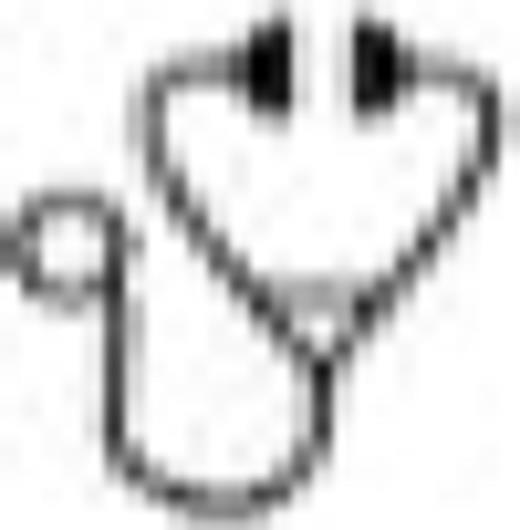Abstract

Background and Rationale:
Allogeneic stem cell transplantation (allo-SCT) has a curative potential in patients (pts) with MDS. While non-relapse mortality (NRM) has been continuously reduced during the years, relapse incidence remained almost unchanged. As a consequence relapse remains the major cause of treatment failure and is associated with a poor prognosis. Although a better knowledge about relapse biology and kinetics could eventually help to optimize post-transplant maintenance or salvage therapies and to define intervals for minimal residual disease (MRD) monitoring, so far only a few studies exclusively focused on relapse patterns in MDS.
Material and Methods:
To address this in detail, we retrospectively analyzed data of 140 pts (median age: 58 y, 23-72) with MDS (n=125) or secondary AML (sAML, n=15), who had received a first allo-SCT from a related (29%) or unrelated (71%) donor at our center between 2001 and 2014. Fifty pts (36%) relapsed after allo-SCT and were therefore included in this study focusing on relapse characteristics, treatment strategies and outcome. In pts with sequential cytogenetic analyses available we also compared karyotypes pre-transplant and at relapse in order to track clonal evolution.
Results:
Overall, hematological relapse was diagnosed in 46 pts (92%), while 4 pts (8%) had a molecular relapse. Median time to relapse was 248 days (range: 53-3349) with the great majority of relapses occurring within the first 3 years (1st year: 62%; 2nd year: 84%; 3rd year: 94%). Only 3 pts (6%) relapsed beyond the 3rd year. To identify predictors for early relapse we compared those pts (defined by an interval between transplant and relapse <248 days) with those pts who relapsed late (>248 days). Hereby, we identified a longer interval between diagnosis and transplant (p=0.0122) and the use of intensive chemotherapy prior transplant (p=0.0209) as predictors for early relapse. Pre-transplant blast count (p=0.07), disease progression prior transplant (p=0.08) and presence of poor/very poor risk cytogenetics according to IPSS-R (p=0.08) also tended to predict early relapse. Sequential cytogenetic analyses revealed that 18 of 30 pts (60%) carried a karyotype at relapse with at least 1 of the abnormalities present before allo-SCT suggesting a common clonal origin. In 12 (40%) of these pts cytogenetic results before allo-SCT and at relapse were identical, while in 6 pts (20%) additional aberrations were detected. In the remaining 12 pts (40%) we observed new cytogenetic aberrations (n=7) or even evolution of a complex karyotype (n=5) indicating clonal evolution or the emergence of a previously undetectable clone.
Following relapse, the majority of pts (n=36) received at least one salvage therapy, while 9 pts received BSC only (missing n=5). Salvage therapies consisted of hypomethylating agents (n=32, 31 Aza, 1 DAC) +/- DLI, intensive chemotherapy (n=1), DLI only (n=1) and 2nd allo-SCT (n=2). In contrast to previous studies, time between allo-SCT and relapse here predicted response to hypomethylating agents as indicated by a significantly higher CR rate in pts with late relapse (CR rates: all pts: 37,5%; late relapse 62,5% vs. early relapse 12,5%, p=0.0091).
With a median follow-up of 43 months, 14 pts (28%) are currently alive and in remission. Median overall survival (OS) of the entire group was 273 d (range:3-2717) and 2-year OS rate 33%. Median survival and 2-year OS rate were significantly higher in pts with late relapse compared to those with early relapse (1435 vs.169 d; 55% vs.10%; p=0.0036).
Conclusion:
Relapses mostly occur within the first 3 years after allo-SCT arguing in favor for stringent MRD monitoring and post-transplant interventions during this interval. Pts with a longer time to transplant or need for induction therapy are at risk for early relapse, and the interval from allo-SCT until relapse represents a crucial factor to predict response to salvage therapy and survival. Cytogenetic patterns at relapse suggest that MDS relapses can arise from original clones but also frequently due to emergence of new clones.
Gattermann:Novartis: Honoraria, Research Funding.
Author notes
Asterisk with author names denotes non-ASH members.

This icon denotes a clinically relevant abstract

This feature is available to Subscribers Only
Sign In or Create an Account Close Modal